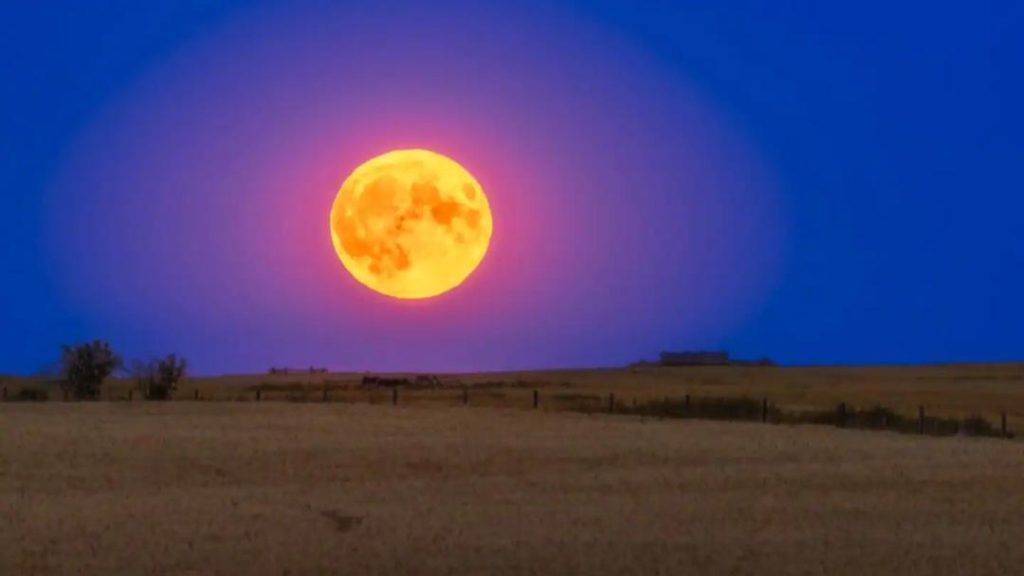
Buck Moon to Light Up Skies on July 10 & 11
The month of July is known for its scorching heat, but amidst the sweltering temperatures, nature has a treat in store for us in the form of the Buck Moon, also known as the July Full Moon. This phenomenon will occur on July 10 and 11, and astronomy enthusiasts are in for a treat. In this blog post, we’ll delve into the details of this spectacular event and what you can expect to see in the night sky.
What is the Buck Moon?
The Buck Moon, named by Native American tribes like the Algonquin, marks the time when male deer, or bucks, begin growing new antlers. This full moon occurs due to the Earth’s rotation and orbit around the Sun, and it’s a significant event in the astronomy calendar. The Buck Moon is also known as the Thunder Moon, Hay Moon, or Blood Moon in some parts of the world.
Peak Time and Visibility
The Buck Moon will peak at 3:08 am Indian Standard Time (IST) on July 11 in India, while in the United States, it will peak at 4:38 pm Eastern Daylight Time (EDT) on July 10. This means that astronomy enthusiasts in India will have to stay up late or wake up early to catch a glimpse of the full moon, while those in the US can enjoy the view in the late afternoon.
Planetary Alignment
The Buck Moon will be accompanied by a rare planetary alignment, with Mars, Venus, and Saturn visible in the night sky before and after the moon peaks. This alignment is a treat for stargazers, as it’s not often that we get to see these planets together in the same part of the sky.
How to See the Buck Moon
To see the Buck Moon, all you need is a clear view of the eastern horizon around the peak time. Find a spot with minimal light pollution, and allow your eyes to adjust to the darkness. You can also use binoculars or a telescope to get a closer look at the moon and the planets aligned in the sky.
Tips for Stargazing
Here are a few tips to help you make the most of the Buck Moon viewing experience:
- Dress comfortably: Wear comfortable clothing and shoes, and bring a blanket or chair to make your stargazing experience more enjoyable.
- Find a dark location: Get away from city lights, which can obstruct your view of the night sky.
- Bring binoculars: Binoculars can enhance your view of the moon and the planets, but make sure to adjust them for night vision.
- Be patient: Stargazing requires patience, so be prepared to wait for the moon to peak and the planets to align.
- Bring a camera: If you want to capture the moment, bring a camera with a tripod and a telephoto lens to take stunning photos of the Buck Moon and the planets.
Conclusion
The Buck Moon is a spectacular event that offers a rare opportunity to see the full moon and three planets aligned in the night sky. Whether you’re an astronomy enthusiast or just someone who appreciates the beauty of nature, this event is not to be missed. So mark your calendars for July 10 and 11, and get ready to marvel at the celestial wonders that will light up the skies.
Source:
https://www.newsbytesapp.com/news/science/buck-moon-2025-when-how-to-see-july-s-full-moon/story






